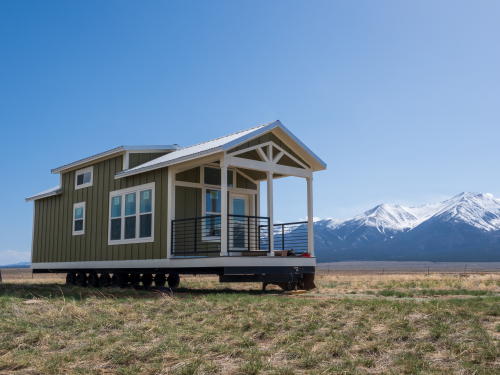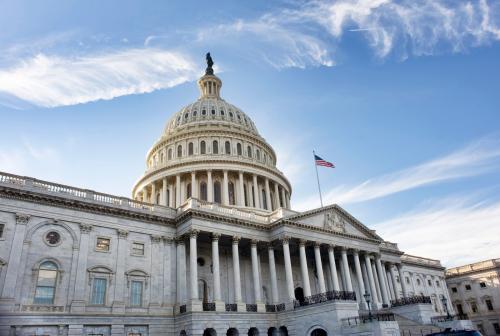While the federal government’s efforts to pull the nation out of the Great Recession drew a tremendous amount of attention, some metropolitan areas responded to the wrenching downturn in remarkably creative ways. A handful used funds from the American Recovery and Reinvestment Act to drive innovation in service delivery, governance arrangements, or integrated solutions to policy problems.
As we explain in this paper, innovators tended to have either a pre-existing vision for regional collaboration or regional goals; strong leadership and institutional capacity; and a widely shared spirit of collaboration. In some cases the federal programs funded by ARRA such as the Energy Efficiency and Conservation Block Grant (EECBG) program or the Department of Housing and Urban Development’s (HUD) Neighborhood Stabilization Program (NSP2) program explicitly encouraged collaboration or integrated proposals.
But we also found that creativity in governance breeds creativity. For example, Seattle and the Puget Sound had a long history of innovation around sustainability issues, with dedicated public offices to address environmental concerns and a regional culture primed to embrace new green initiatives. So, not surprisingly, they offered compelling ARRA responses around energy efficiency and conservation.
We also observed that governance innovation flourished when it was supported by proper state or federal incentives, but was fundamentally bottom-up and voluntary. In the Philadelphia region, five counties engaged in unprecedented bottom-up collaboration to form the new Metropolitan Caucus with a primary motivation for jointly pursuing ARRA grants—in particular, competitive EECBG funding, of which the region just won a $25 million share to accelerate a robust regional retrofit market.
Other ARRA innovation profiles are available here.
The deleterious effects of the Great Recession will be felt at the state and local level for a long time to come. But the good outcomes in governance innovation can also persist and spread if the White House, federal agencies, and philanthropies support creative designs of programs, disseminate best practices, and clear away obstacles to their replication.






Commentary
Encouraging Innovation through Creative Governance
May 5, 2010